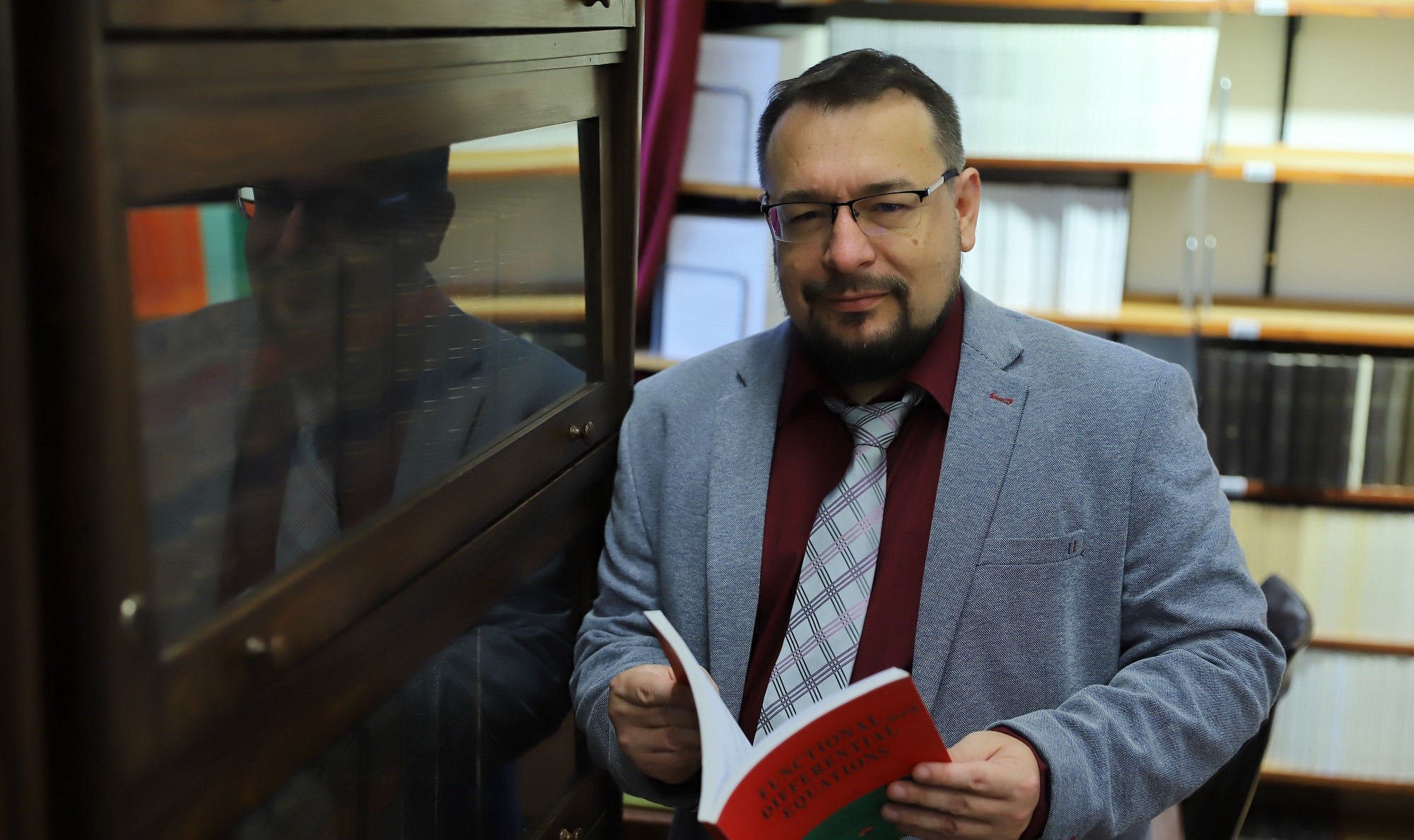
Mathematicians at the University of Szeged have developed a new model based on chaos theory that demonstrates how the evolutionary balancing act between immune evasion and transmissibility can lead to the emergence of novel virus variants with unpredictable properties.
During the COVID-19 pandemic, we witnessed firsthand how new variants of the virus repeatedly defied expectations and brought fresh challenges. When the so-called British variant (later named Alpha) emerged, many were already preparing for things to return to normal – yet epidemic modelers in Szeged had long predicted a third wave due to the variant’s increased transmissibility. Indeed, the pandemic demonstrated just how difficult it is to forecast viral evolution – a challenge now addressed by a new study from researchers at the National Laboratory for Health Security, who offer a theoretical framework to explain why.
A recent discovery aligns with the uncertainties experienced during the COVID-19 pandemic: viral evolution can be inherently chaotic and unpredictable – particularly when viruses face a trade-off between immune evasion and transmissibility. Virologists have observed this phenomenon in, for instance, comparisons between certain Omicron variants. In their study, University of Szeged mathematicians Ábel Garab, Golsa Sayyar, and Gergely Röst developed a new evolutionary model that incorporates this dynamic.
“Our model shows how competing virus strains evolve as they balance between transmission efficiency and immune escape,” said Gergely Röst. “Surprisingly, we found that this evolutionary tug-of-war does not always lead to predictable outcomes – in fact, chaotic dynamics are often the norm.”
The model revealed three possible long-term behaviors. One is convergence, where the virus’s characteristics stabilize, and although new variants still emerge, they result in recurring outbreaks of similar magnitude. Another typical pattern involves a back-and-forth between large-scale and smaller-scale outbreaks, as dominant strains shift between being highly transmissible and strongly immune-evasive. Most strikingly, the researchers found that chaotic behavior is also possible – a scenario in which the virus’s future traits become fundamentally unpredictable, leading to erratic, irregular epidemic waves. To illustrate this phenomenon, the team used bifurcation diagrams, which show how a system can transition from simple, orderly behavior to complex and unpredictable dynamics.
Chaos theory deals with the mathematical description of systems in which relatively simple rules give rise to complex, unpredictable behavior. A key feature of chaotic systems is their sensitivity to initial conditions, often referred to as the butterfly effect – where even a tiny change, like the flap of a butterfly’s wings, can dramatically alter the system’s long-term behavior. These chaotic dynamics appear across many domains of life: in weather forecasting, the swinging motion of a double pendulum, the unpredictability of the three-body problem – and, as researchers in Szeged have now shown, in the evolution of viruses as well.
These findings carry important implications for public health strategy, vaccine development, and pandemic preparedness. If viral evolution can indeed behave chaotically, then the reliability of long-term forecasting is inherently limited. As a result, greater emphasis should be placed on flexibility, rapid response, and adaptive approaches. In fact, recognizing – and embracing – this complexity may be the key not merely to keeping pace with viral threats, but to staying at least one step ahead of them.
Cited study:
Sayyar, G., Garab, Á., & Röst, G. (2025). Evolution into chaos – Implications of the trade-off between transmissibility and immune evasion. Infectious Disease Modelling, 10(3), 909–923.
The work of Ábel Garab and Gergely Röst received support under project RRF-2.3.1-21-2022-00006 (National Laboratory for Health Security), while Golsa Sayyar’s research was funded through the Marie Curie EVOGAMESPLUS project.
Source: SZTEInfo
Feature image: Dr. Gergely Röst, mathematician, Head of the Department of Applied and Numerical Mathematics at the University of Szeged, and Scientific Director of the National Laboratory for Health Security

